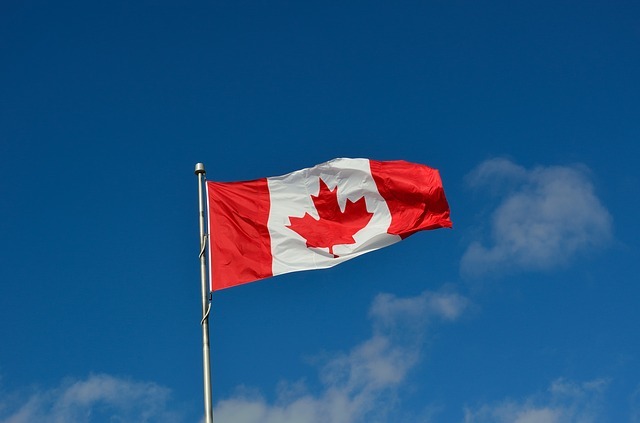As investors avoid adding to their holdings throughout the holiday season, USD/CAD shows a sideways shape at 1.3550. As the general public anticipates inflation to be over 3% in CY 2023, the Federal Reserve may maintain its hawkish stance.
Following the publication of the increases to the weekly initial jobless claims, the US dollar came under selling pressure. Given the lack of significant economic events, USD/CAD is expected to maintain its rangebound structure. In the early European session, USD/CAD showed a sideways performance as investors hesitated to add to their holdings before the long weekend. The USD/CAD pair is doing poorly in a constrained range of around 1.3550 due to uncertainty in the global market’s inflation forecasts for CY 2023.
The increased risk appetite of investors after Thursday’s events needs to be tapped into by the risk-perceived currencies. After investors saw value-buying in the US equity market, the S&P 500 showed a sharper rebound. S&P 500 futures are hanging onto their Thursday gains as of early Friday but cannot continue their rebound. Given the potential for more volatility in CY 2023, investors are choosing to be cautious.
After attempting to rebound from 103.50, the US Dollar Index (DXY) is having difficulty maintaining its advances over the immediate barrier of 103.70. Since Monday, the USD Index has bounced within a limited range of 103.50 and 104.60. Market caution supports the 10-year US Treasury rates in the meantime. US Treasury 10-year bond returns are now at 3.83%.

Weekly unemployment claims increased, which affected the US dollar. The US Department of Labor (DoL) announced a rise in the number of people filing for unemployment benefits for the first time on Thursday, which put selling pressure on the US Dollar Index. For the week ending December 23, the economic statistics came in at 225K, which is higher than the previous announcement of 216K.
The Federal Reserve’s (Fed effect)’s increasing interest rates have compelled businesses to halt the hiring process. Businesses have stopped hiring new employees due to street perceptions of weak economic growth and anticipation that the Federal Reserve would maintain its ultra-hawkish monetary policy. This caused a spike in unemployment claims.
Street predicts the Fed’s 2% inflation objective will be met in 2023. Price stability is the goal of Federal Reserve chair Jerome Powell and his colleagues in the calendar year 2022. Interest rates were regularly raised by Federal Reserve authorities to limit the amount of US dollars entering the economy. Even though the central bank was able to lower the headline Consumer Price Index (CPI) from its high of 9.1%, the recovery process is still far from complete.
By the end of Q4 2023, according to economists at TD Securities, US inflation will still be over 3%. “We anticipate that in Q4, headline inflation will complete the year at a robust 7.1% YoY rate but will drop to 3.1% in Q4 2023. Additionally, we anticipate that Core CPI inflation will complete the year at a still-high 6.0% but will slow to 3.3% in Q4 2023.
Additionally, according to experts at Deutsche Bank, The United States’ headline inflation has peaked already. Even so, it will remain much over the Fed’s 2023 objective.
The price of oil is trying to reach $80.00 again. The severity of China’s Covid-19 situation is deteriorating daily due to the sharp increase in infections. Additionally, since medical institutions cannot treat every sick person, the mortality toll is rising. This has compelled several countries to seek adverse Covid reports of arrivals from China to protect themselves from the pandemic. The market is torn between supporting oil prices by considering optimism over the recovery of the Chinese economy and the short-term pain brought on by supply chain interruptions.
After falling to around $77.00, the oil price has since recovered, but it still has difficulty crossing the important $80.00 barrier. It is important to remember that Canada is a significant oil supplier to the US, and increased oil prices may help the Canadian Dollar (CAD).
Technical analysis of USD/CAD

On a four-hour basis, the USD/CAD auction profile has moved below the upward-sloping trendline drawn from the low of November 16 at 1.3228. Around 1.3550, the USD/CAD pair is trading below the 200-period EMA (exponential moving average).
The Relative Strength Index (RSI) (14) is currently swinging between 40.00 and 60.00. A bearish momentum will start when the oscillator slips into the bearish band of 20.00-40.00.

